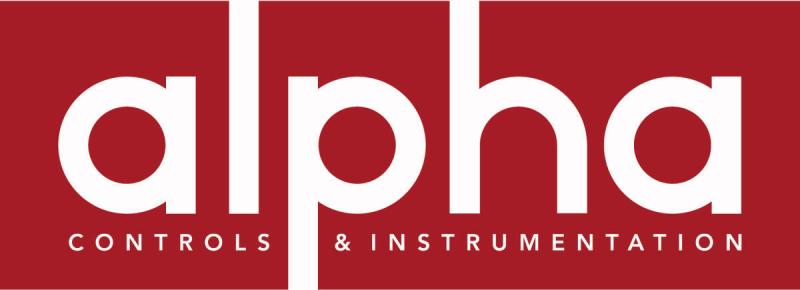A Guide to Temperature Calibration and the Benefits
Measuring and monitoring instruments such as temperature and humidity sensors must be calibrated annually to keep these tools operating reliably and safely. Not only will calibration keep equipment functioning correctly, but it will also adhere to regulations that require routine maintenance and safety checks.
When you use temperature transmitters and similar types of instruments, they should always be professionally calibrated. This guide looks at the steps involved and the benefits of temperature calibrations.
What is Calibration?
Calibration is performed by first preparing the instrument for the procedure, which means checking it for damage and ensuring it’s clean.
Once the device is examined, a reference standard is chosen. This reference consists of the test equipment that must have a higher level of accuracy than the instrument being measured.
The procedure of calibration differs between instruments and with the expertise of a calibration services provider, the correct measures are implemented. The correct standards are followed to protect the integrity of the instrument and guarantee that it operates effectively.
The Benefits of Calibration Services
Calibration is necessary to guarantee the accuracy and optimal performance of measuring tools. This can prevent safety issues and product defects that are costly to the company. It also provides peace of mind that the equipment you’re using to perform tests or measure temperature changes will be effective and accurate. Calibration should be performed every 6 months to a year.
In addition to calibration, temperature instrument validation services are part of keeping these tools fully operational and compliant. Validation means that the instrument measures what it is intended to measure.
Both validation and calibration must be performed regularly to keep instruments performing the way they should. Taking these steps can help you protect the operations of the business from the food and pharmaceutical to the automobile industry. Measuring instruments including temperature sensors and transmitters require regular checks to keep them functioning without errors.
To have these measuring tools calibrated and validated, speak to a professional calibration services provider. Experts who are certified and experienced in performing calibrations will first examine temperature sensors for signs of damage.
Drift can occur when instruments are damaged or haven’t been maintained leading to errors. A professional will repair these issues before calibrating the equipment. The practices involved in restoring the balance and effectiveness will be documented. Clients will have proof that their devices are reliable and safe, and provide the highest levels of accuracy in application.




Comments